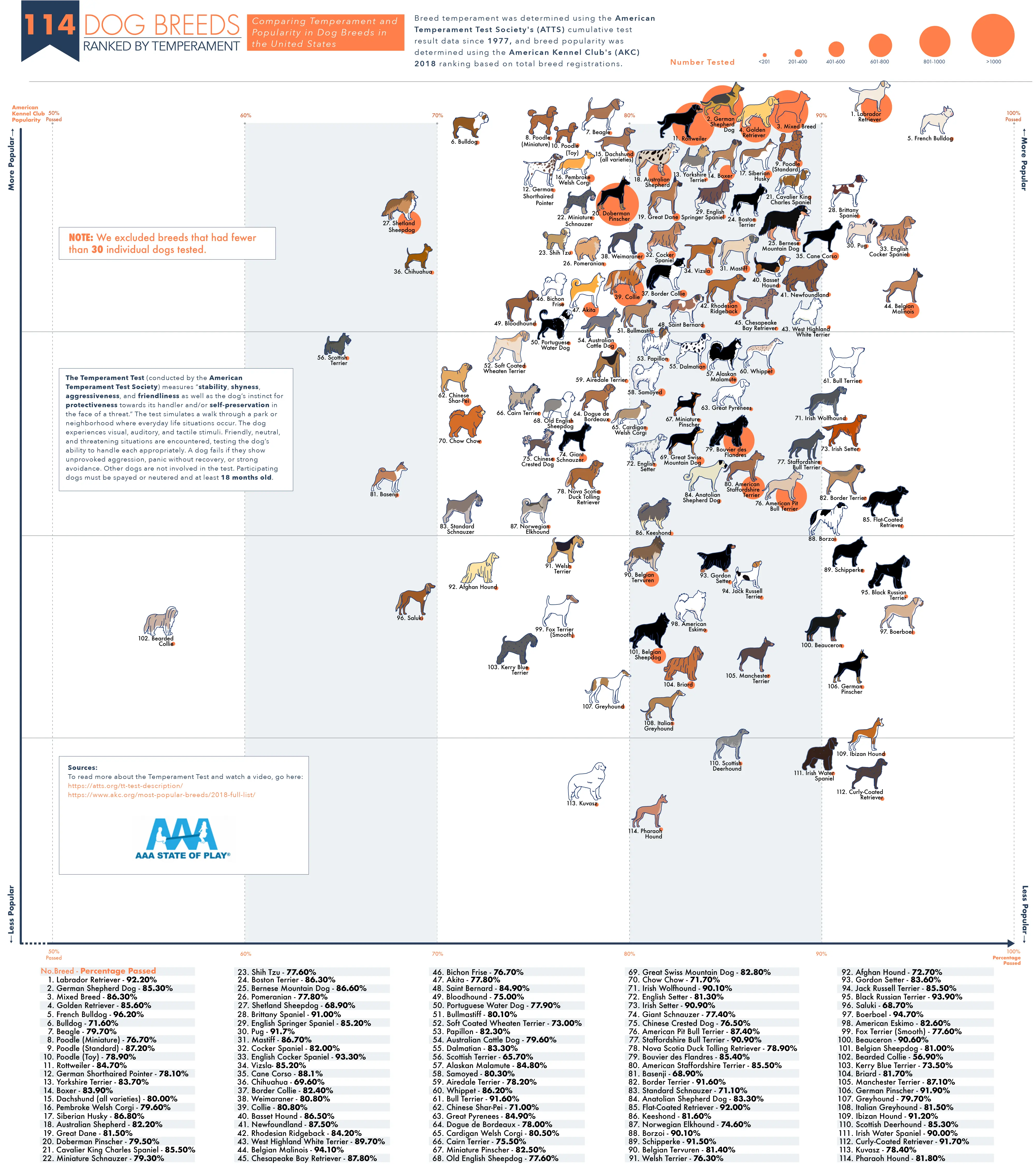Cool Guides
Rules for Posting Guides on Our Community
1. Defining a Guide Guides are comprehensive reference materials, how-tos, or comparison tables. A guide must be well-organized both in content and layout. Information should be easily accessible without unnecessary navigation. Guides can include flowcharts, step-by-step instructions, or visual references that compare different elements side by side.
2. Infographic Guidelines Infographics are permitted if they are educational and informative. They should aim to convey complex information visually and clearly. However, infographics that primarily serve as visual essays without structured guidance will be subject to removal.
3. Grey Area Moderators may use discretion when deciding to remove posts. If in doubt, message us or use downvotes for content you find inappropriate.
4. Source Attribution If you know the original source of a guide, share it in the comments to credit the creators.
5. Diverse Content To keep our community engaging, avoid saturating the feed with similar topics. Excessive posts on a single topic may be moderated to maintain diversity.
6. Verify in Comments Always check the comments for additional insights or corrections. Moderators rely on community expertise for accuracy.
Community Guidelines
-
Direct Image Links Only Only direct links to .png, .jpg, and .jpeg image formats are permitted.
-
Educational Infographics Only Infographics must aim to educate and inform with structured content. Purely narrative or non-informative infographics may be removed.
-
Serious Guides Only Nonserious or comedy-based guides will be removed.
-
No Harmful Content Guides promoting dangerous or harmful activities/materials will be removed. This includes content intended to cause harm to others.
By following these rules, we can maintain a diverse and informative community. If you have any questions or concerns, feel free to reach out to the moderators. Thank you for contributing responsibly!
view the rest of the comments

Pittbulls were bred to fight bulls and other large animals for sport or hunting. This required quite a lot of special training. The infamous locking jaw is an adaptation to allow them to hold onto a bucking bull. The dog fighting happened after baiting large animals was outlawed long after the breed was established.
So after they weren't bred to fight bulls and bears, what were they bred to do?
Depends on what type of pitbull you are talking about (there are multiple pitbull breeds). Ratting is a big one, which is where their terrier parts come from. In frontier America they were used as all purpose dogs for hunting boar, ratting, guarding and herding. In the early 20th century they were primarily bred for companionship as they were seen as a breed that encompassed American values and were largely seen as a mascot for America up until around ww2. You'll see pitties as the primary dogs on most 19th and early 20th century american media, from ww2 properganda to little rascals to the personal pets of Helen Keller, Roosevelt, Mark twain and Edison.
In the 70's and 80's was when their reputation for fighting dogs emerged following its illegalization in America and how common the dog was as a stray (because they were the popular "all american dog"). But since it was already illegal it wasn't exactly the best breeders doing the breeding, so they weren't really very good at selecting for specific traits, nor did it really last long enough to really take off. Breeding a dog to be a dog fighter is a little like breeding a horse for the glue factory, its not really something a serious dog breeder would waste their time on.